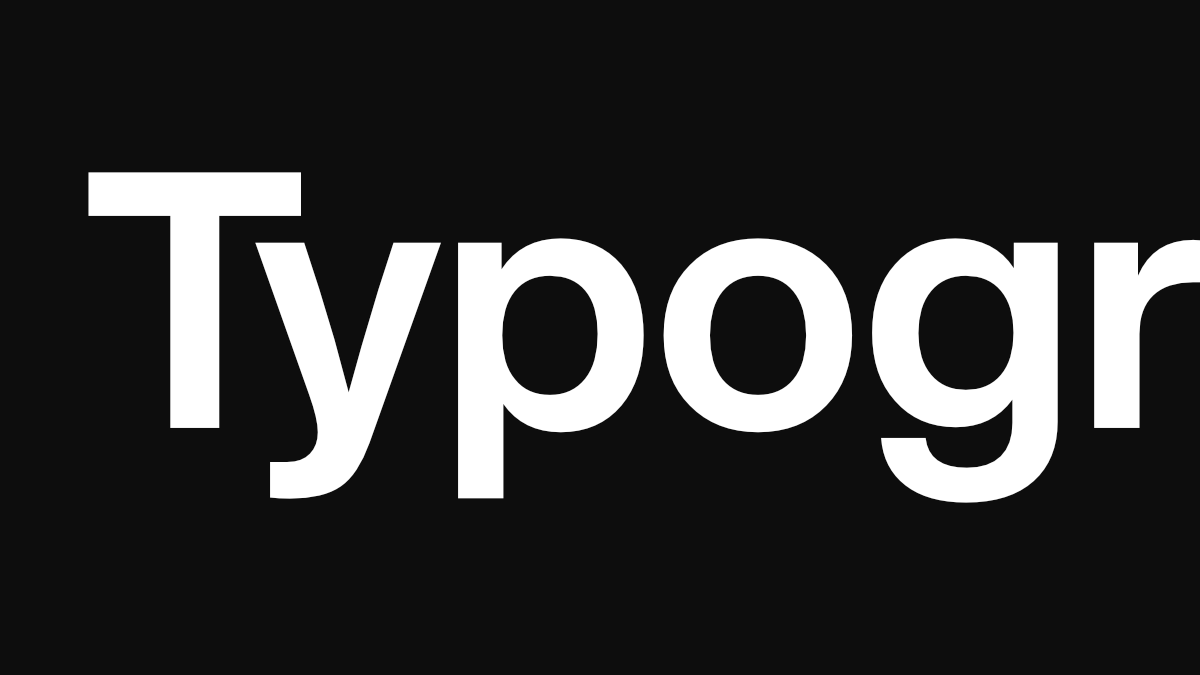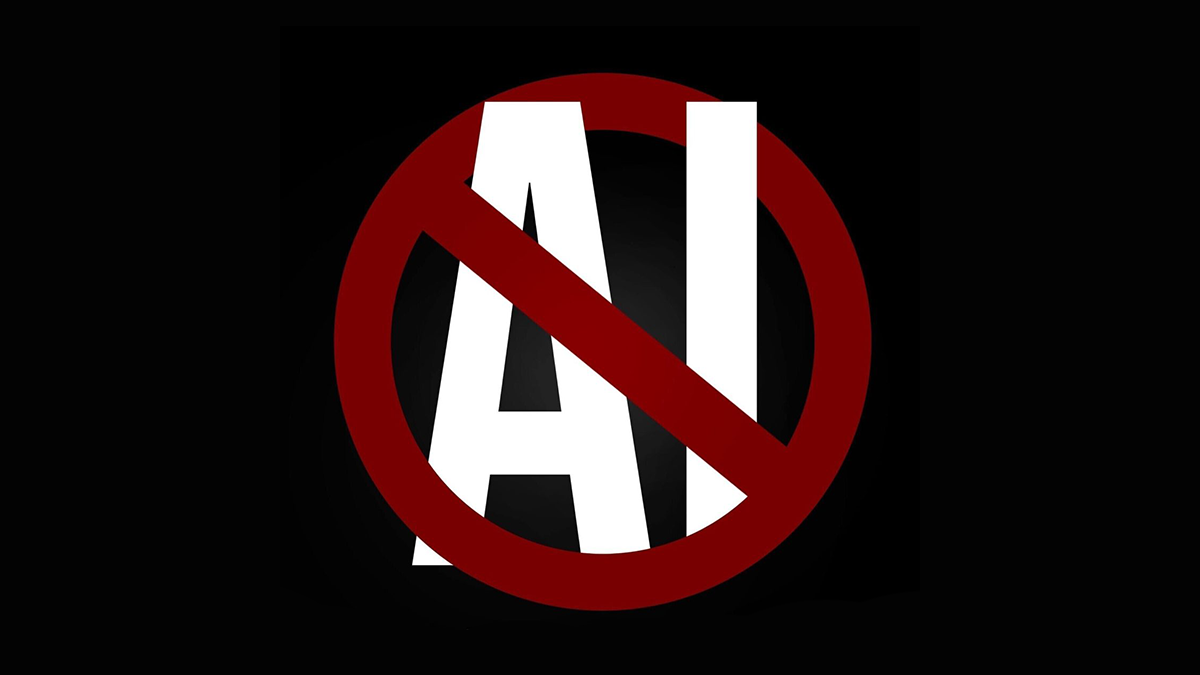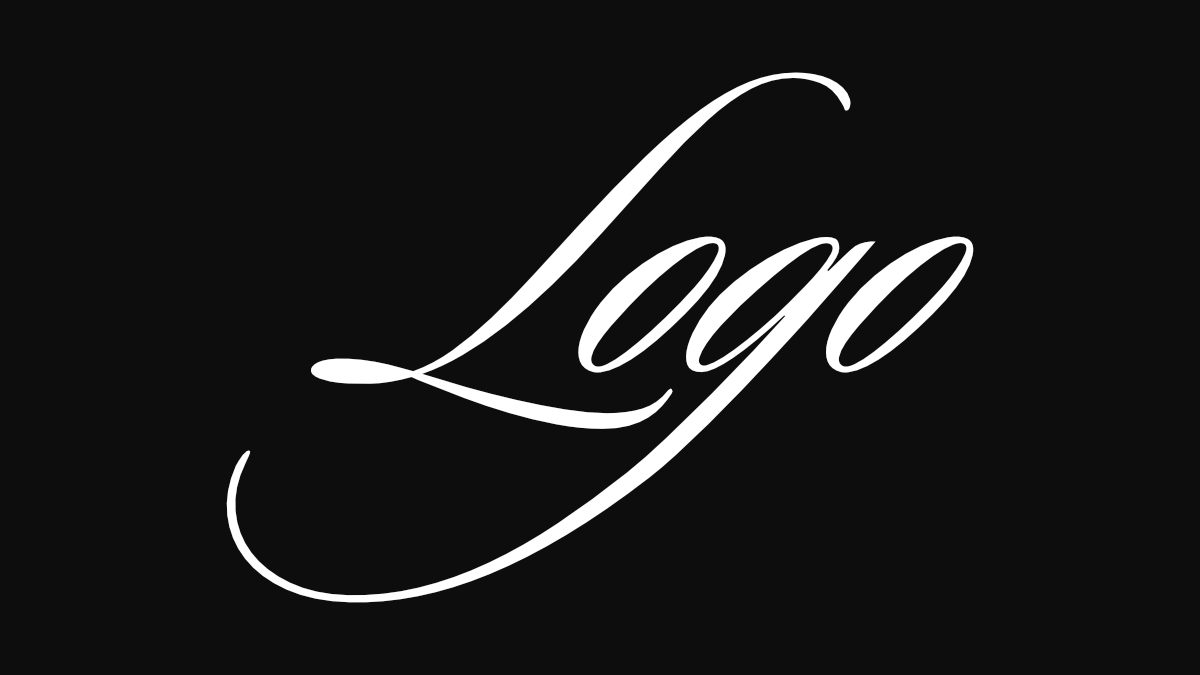Introduction
In an age of AI-generated imagery and fleeting visual trends, sustainable brand distinction is becoming increasingly rare. Most companies focus on finding a unique mark or an arresting color. They are solving for recognition, but not for recall.
There is a more foundational element, one that carries over 90% of your communication and forms the very skeleton of your brand's character: typography.
Choosing a typeface is not a stylistic afterthought. It is the primary decision in building a credible, lasting identity. Your typography is your brand's voice. Is it whispering or commanding? Is it friendly or authoritative? This silent language registers with your audience long before they process your imagery or your value proposition.
The Fallacy of the "Ownable" Mark
Many leaders seek a completely unique, abstract symbol, hoping it will become the next Nike swoosh. This pursuit often leads to forced, meaningless graphics and a significant financial investment with questionable returns.
The reality is that true ownability in the modern landscape is increasingly difficult to achieve through a mark alone. A far more potent and ownable asset lies in a distinctive typographic system. Consider the confident authority of Vogue's Bodoni, the accessible clarity of Google's custom sans-serif, or the brutalist honesty of a monospaced tech blog. These are not defined by a logo lockup, but by a consistent, intentional typographic voice.
When your typography is distinctive and consistently applied, it becomes the hallmark people recognize. It is the asset competitors cannot easily replicate without appearing derivative.
Typography as a System, Not a Font
A "typography-first" approach does not mean simply picking two fonts. It means architecting a functional system.
This system governs:
- Hierarchy and Rhythm: Establishing a clear, scalable system for headlines, sub-heads, and body copy that creates a seamless reading experience.
- Tone and Personality: Specifying how type behaves in different contexts—when it's bold and assertive, and when it's subtle and supportive.
- Ownable Details: This is where true distinction emerges. It can involve customizing letterforms, defining specific typographic treatments for quotes or data, or commissioning a bespoke typeface. This moves your brand from "using a font" to "having a voice."
This systematic approach ensures your brand doesn't just "use" typography; it is its typography.
The Cultural Shift: From Ornament to Utility
We are living through a cultural shift toward clarity and authenticity. Audiences, overwhelmed by visual noise, are gravitating toward brands that communicate with straightforward honesty. This is the domain of strong typography.
The resurgence of brutalism in digital design, the dominance of clean, readable sans-serifs, and the appreciation for classic serifs all point to a desire for substance over superficial style. A brand that speaks with a clear, consistent, and appropriate typographic voice is a brand that is perceived as trustworthy, established, and confident.
In this context, a well-set line of type is not just "good design." It is a sign of respect for your audience's time and intelligence.
Building a Foundation That Lasts
Investing in a typography-led identity is not about following a trend. It is about building a resilient foundation. Imagery styles change, color palettes can be updated, but a strong typographic system can—and should—last for decades.
It provides the structural integrity that allows your brand to evolve without collapsing. It is the constant that ensures your brand remains recognizable whether it's viewed on a billboard or a smartwatch.
In the end, the goal is not to be seen. The goal is to be understood. And nothing ensures you are understood more clearly than a voice that is consistent, distinctive, and authentically your own.


